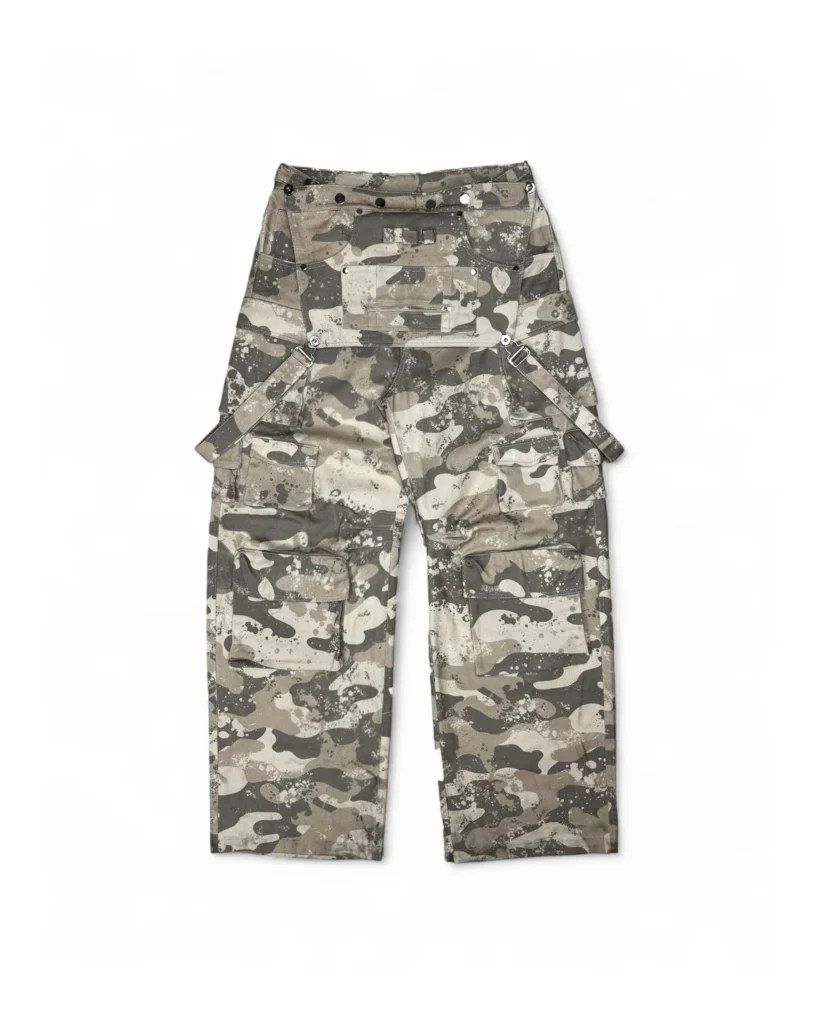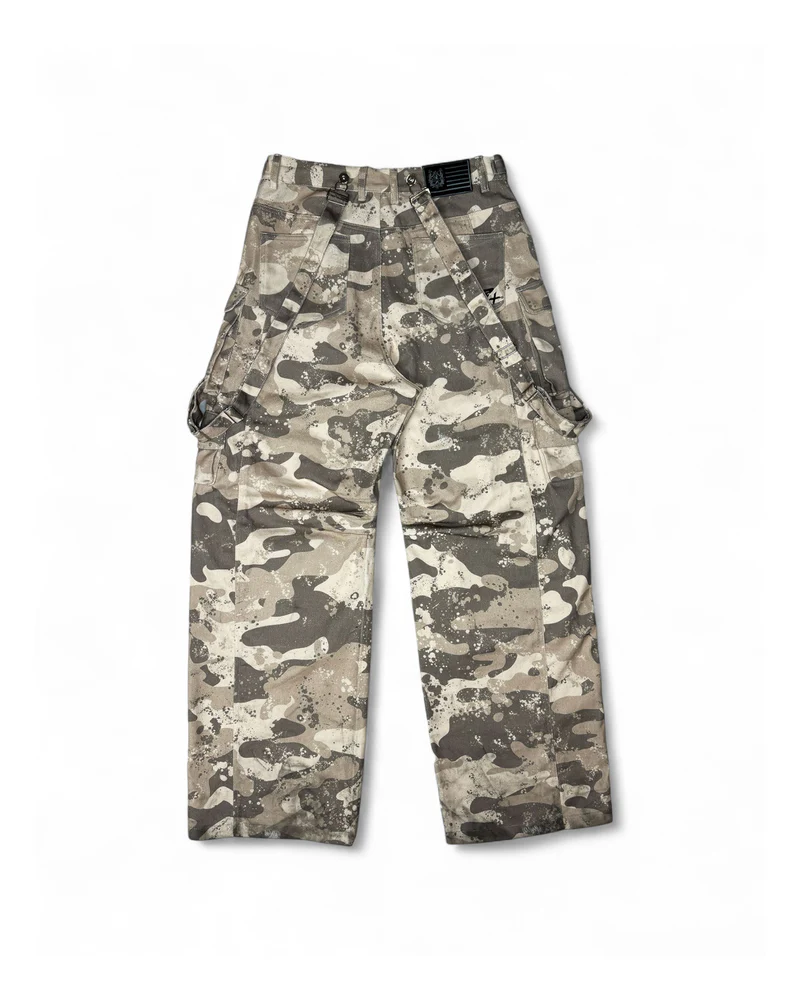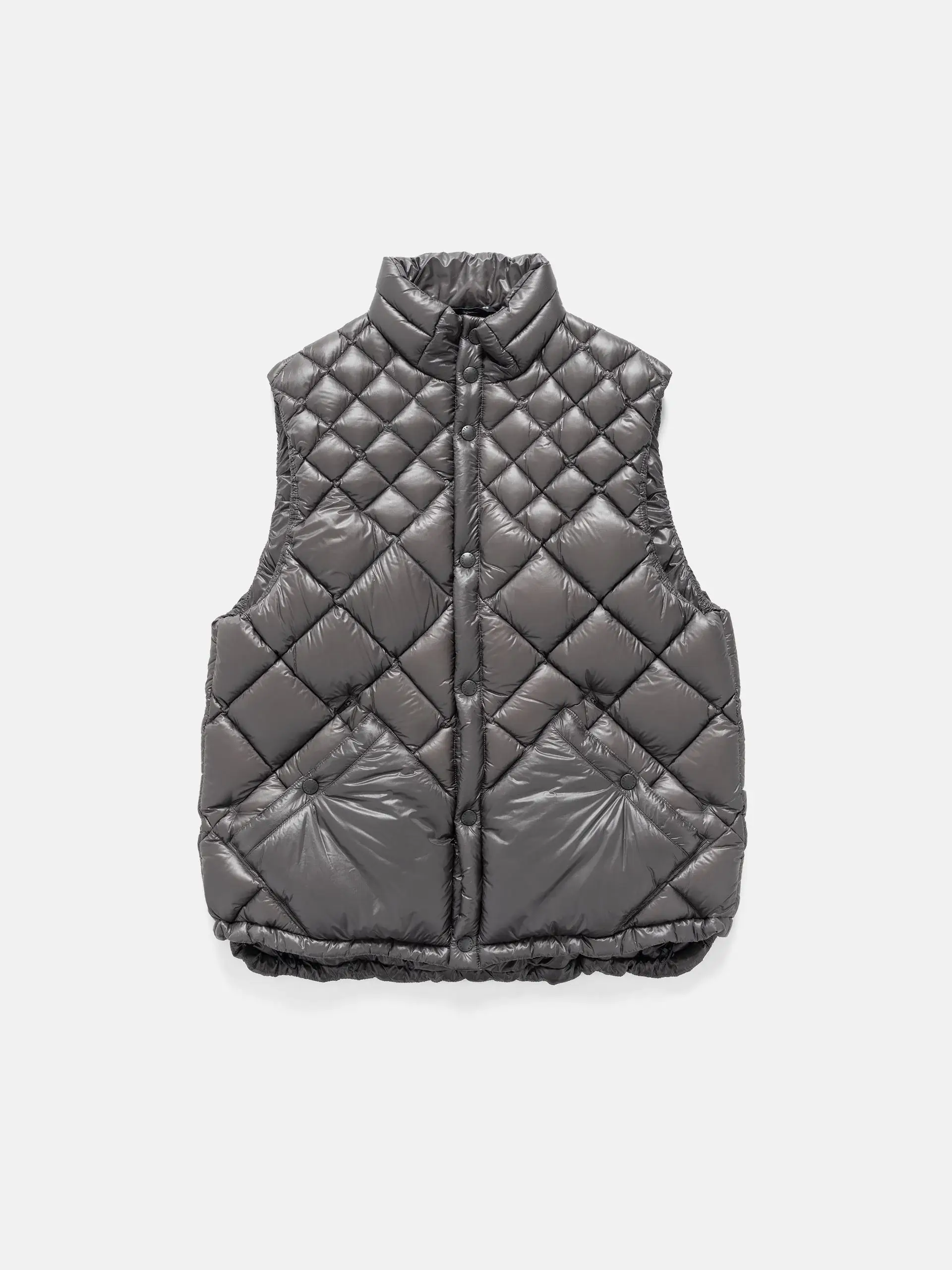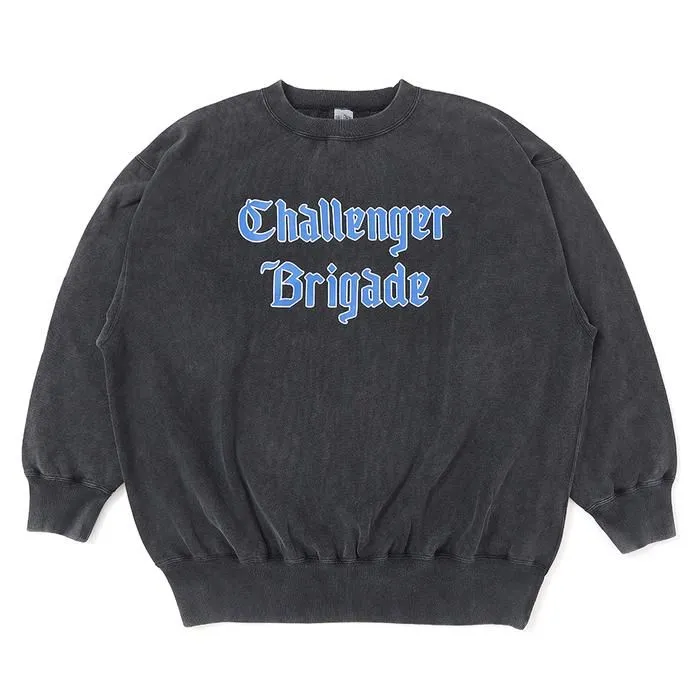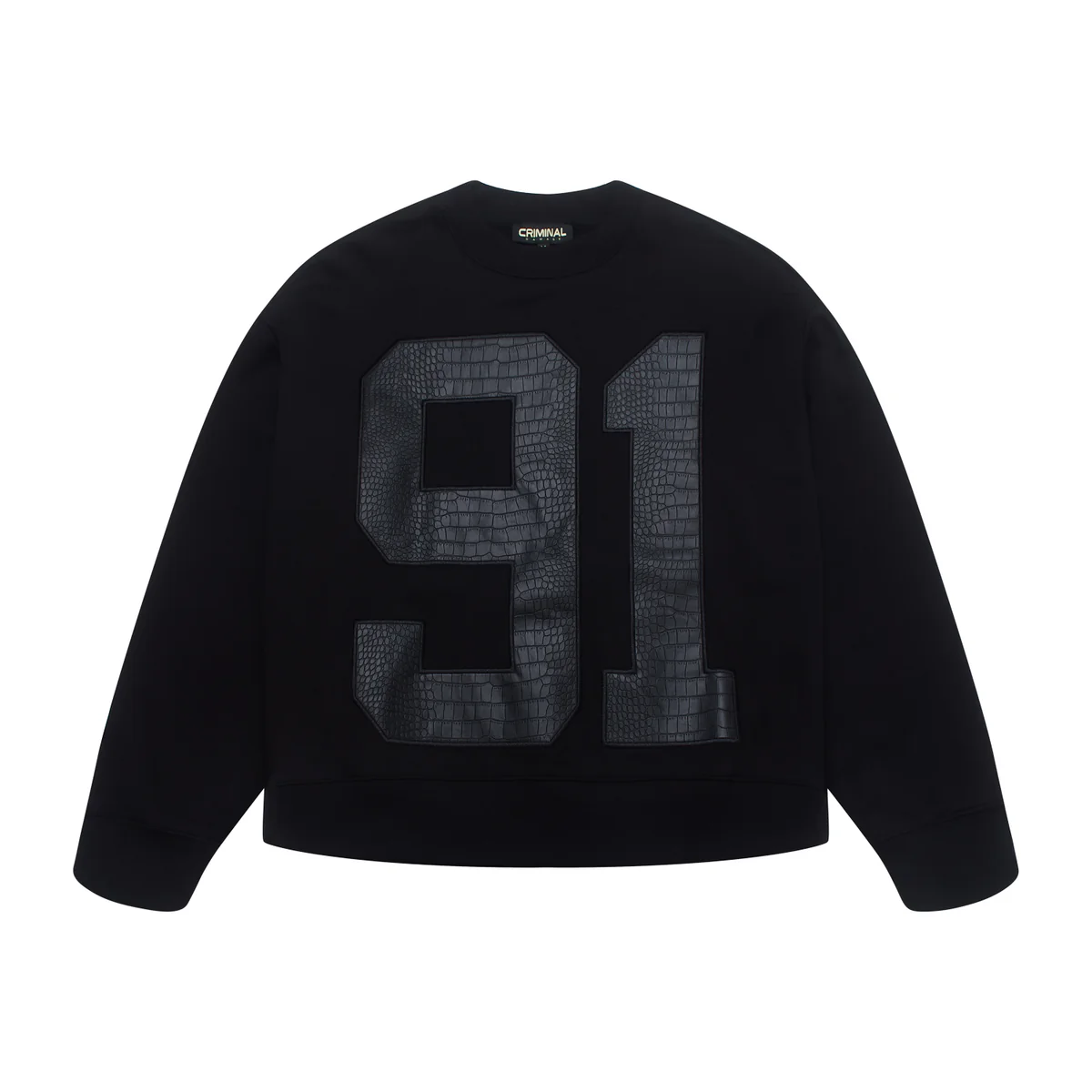Camouflage and Identity
The Ravemore Berlin U.S.B. Snow Camo Pants are not simply a garment. They are a provocation—a piece of clothing that bridges the distance between military utility, streetwear bravado, and Berlin’s fragmented cultural geography. Cut oversized and patterned in a full snow camouflage print, the pants assert themselves as both armor and canvas. Their detachable bib, which can be worn up, down, or removed entirely, adds a modular edge: adaptability as fashion ethos.
Released as part of Ravemore’s “United States of Berlin” drop, the pants are positioned in dialogue with Berlin’s neighborhoods, each with its own political, musical, and aesthetic rhythms. The title itself suggests a paradox—Berlin as a nation within a nation, a republic composed of micro-states defined less by borders than by moods.
Form and Function
Oversized silhouettes have long been a motif in streetwear. They exaggerate presence, distort proportions, and lend their wearers a kind of anonymity. Ravemore leans into this, offering trousers that drape heavy yet remain sharply cut. Snow camo’s white and gray tones soften the aggression of military garb, evoking the urban winter as much as battlefield frost.
The detachable bib transforms the piece into multiple garments: workwear overalls when clipped high, relaxed street pants when worn low, or stripped-down cargos when removed. This flexibility mirrors Berlin’s modular cityscape—spaces that shift from industrial ruins to art galleries, nightclubs to apartments, often within the same block.
The “United States of Berlin” Drop
Ravemore’s capsule frames Berlin as an entity beyond geography. Each district—Kreuzberg, Neukölln, Mitte, Friedrichshain—becomes its own sovereign territory, with dress codes and cultural rules as defining as language. In Kreuzberg, Turkish bakeries and anarchist graffiti coexist with tech offices and curated galleries. In Neukölln, thrift stores and underground raves form the backbone of a style that thrives on contradiction.
The U.S.B. Snow Camo Pants embody this patchwork. They are not about uniformity but about layering identities. Wear them to Berghain, and they resonate with Berlin’s industrial techno uniform. Wear them in the streets of Wedding, and they become practical, weather-resistant gear.
View this post on Instagram
Camouflage Reimagined
Camouflage in fashion has always been a loaded choice. In military contexts, it hides; in fashion, it announces. Ravemore flips the logic of snow camo by using it in an urban, not alpine, context. White camouflage becomes less about invisibility and more about making a stark statement against the greys and blacks that dominate European streetwear.
Snow camo also gestures toward erasure: of boundaries, of clear identities. In Berlin—a city scarred by walls and divisions—the choice of camouflage is almost ironic. It says: concealment is impossible in a city defined by visibility, subculture, and spectacle.
Berlin’s Aesthetic Economy
To understand the U.S.B. Pants is to understand Berlin itself. The city’s style is not polished or commercial—it is raw, borrowed, reassembled. Clothing circulates through thrift racks, DIY alterations, and small-run designer drops. Ravemore thrives in this economy of scarcity and expression.
The pants’ oversized fit echoes the silhouettes found in Berlin’s dance floors: practical enough to move in, expressive enough to claim attention. The bib, detachable and negotiable, recalls the DIY spirit of club kids hacking their outfits mid-night. Berlin’s nightlife is not simply a backdrop for fashion—it is its laboratory.
The Politics of Utility
Streetwear’s evolution has often mirrored shifts in class, labor, and identity. By embedding utility—detachable bibs, adjustable fits—into a luxury streetwear garment, Ravemore blurs lines between function and fantasy. These pants could be worn by a construction worker, a soldier, or a DJ. Their snow camouflage recalls military uniforms, yet their cut and context scream runway.
Berlin, a city still haunted by Cold War militarization, becomes the perfect staging ground for this contradiction. Utility becomes costume; costume becomes uniform. The pants remind us that every garment is political, whether by design or by use.
From Berlin to the World
Streetwear has long been global, but Berlin injects a unique language into it. Unlike New York’s hustle or Tokyo’s precision, Berlin thrives on imperfection. Ravemore taps into this ethos by producing garments that look both intentional and improvised. The oversized cut is deliberate, but the snow camo makes it look almost accidental—like army surplus rediscovered and recontextualized.
“United States of Berlin” also signals ambition: Berlin as a brand, exportable and influential. Much like “Made in Italy” connotes luxury tailoring, Ravemore positions Berlin as shorthand for radical streetwear—gritty, modular, subversive.
Impression
The Ravemore Snow Camo Pants are more than just another drop; they are an artifact of Berlin’s evolving fashion narrative. Campaign visuals have framed the pants against stark concrete backdrops, emphasizing industrial coldness. Yet on bodies, in motion, they come alive—billowing, folding, transforming with each step.
In the clubs of Berlin, fashion is not static; it sweats, it stretches, it tears. The detachable bib becomes symbolic of this transformation—removable when dancing gets intense, clipped back when one steps out into the winter air. It is not simply garment as product, but garment as process.
No comments yet.

